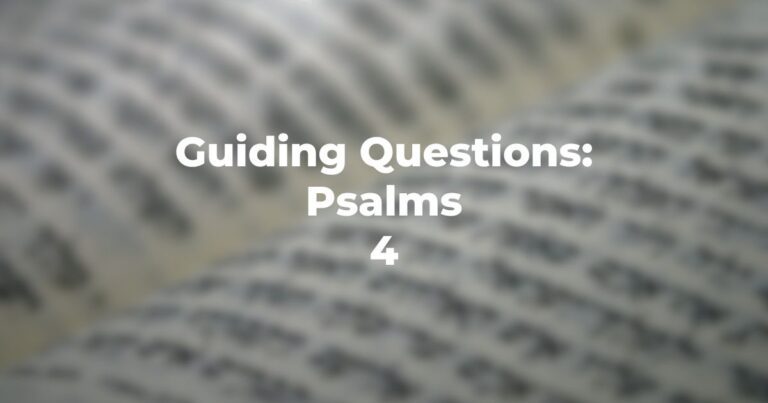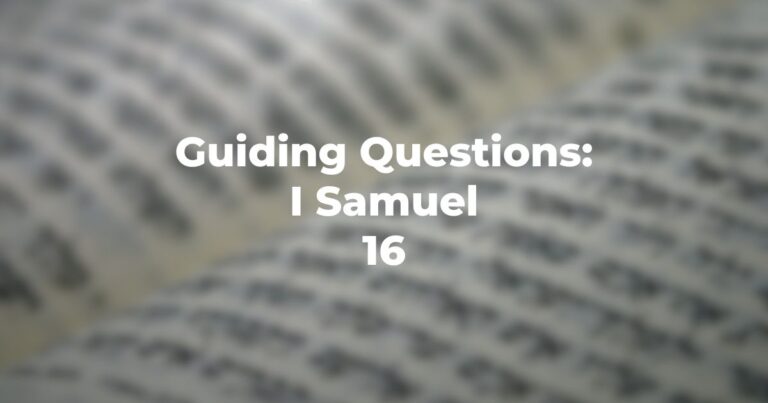- Why does the author, in the first verse (Judges 19:1) repeat a refrain which has appeared in earlier chapters? What is a “pilegesh”?
- In Judges 19:2, the verb construct appears to resemble “zonah,” namely a prostitute; in this context, however, does the word imply prostitution or desertion and departure (i.e., to “stray from”)?
- Is this chapter one which deals with religious patterns, family patterns, social structure — all (or none) of the above?
- What relationship obtains between a pilegesh, her father, her “mate” — and how is this reflected in the persistence of her father in detaining the “ish Leyvi” and, why is the terminology “not simply” “Leyvi” (vide: the earlier Mikah story)?
- According to Judges 19:10, what was the name of Jerusalem in earlier days? And, who dwelt in that area?
- According to Judges 19:12, was Jerusalem one of the conquered cities at the time described?
- What does Judges 19:15 explicate as to the nature of the citizens of Givah (part of Benjamin)?
- How does Judges 19:16 develop a comparison between the Benjaminites and the Ephramites?
- Is there some reason why the Ephramite is described as a “older man”? Or, is this simply a descriptive?
- Does this story, in any way, reflect on the hospitality patterns as evidenced in the book of Bereshit re: Abraham and Lot — and is there any phrasing which might be in common?
- As a matter of fact, how does Judges 19:22 echo the Sedom narrative involving Lot?
- As a matter of fact, further, who is being quoted (not precisely but almost to the word) in Judges 19:23-24?
- How does the mate of the Pilegesh resolve the situation?
- What becomes of the Pilegesh at the hands of the Benjaminites?
- How would you characterize the intention of the author in the description set down in Judges 19:26-27 and particularly the phrasing “with her hands on the threshold”?
- Is the Pilegesh alive when she is taken from the Benjaminite area?
- What is the symbolism of the 12 pieces of flesh?
- What does Judges 19:30 reflect as to the general moral tenor of the time and what is the author’s observation on the action of the Benjaminites? Has “progress” been made since the days of Joshua?
Author
-

Exploring Judaism is the digital home for Conservative/Masorti Judaism, embracing the beauty and complexity of Judaism, and our personal search for meaning, learning, and connecting. Our goal is to create content based on three core framing: Meaning-Making (Why?), Practical Living (How?), and Explainers (What?).
View all posts




